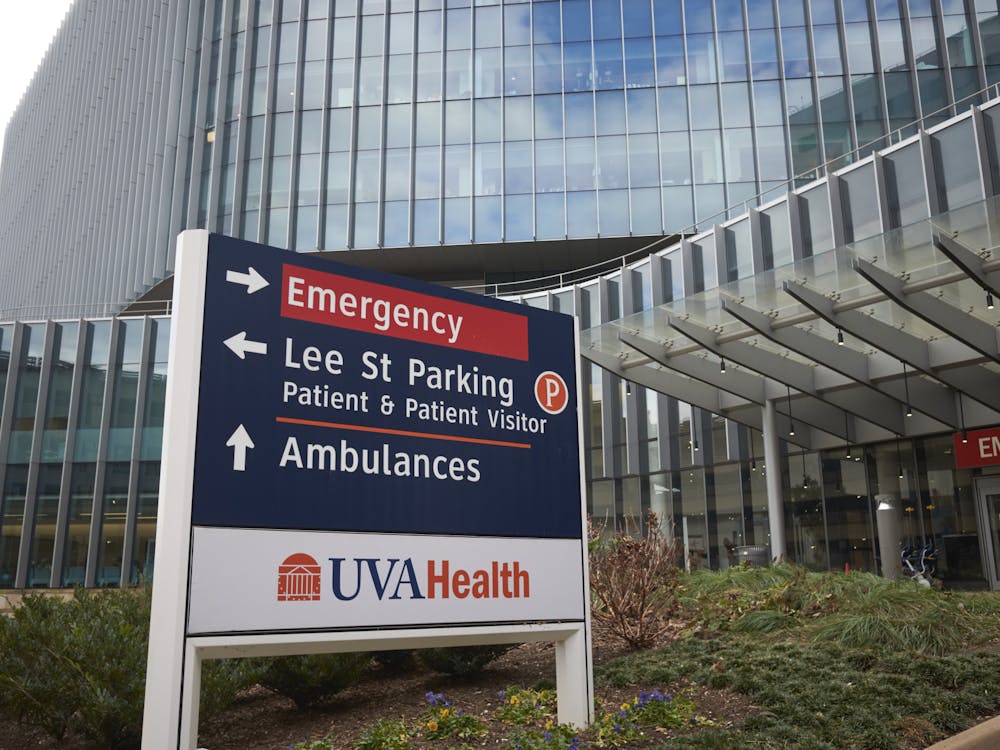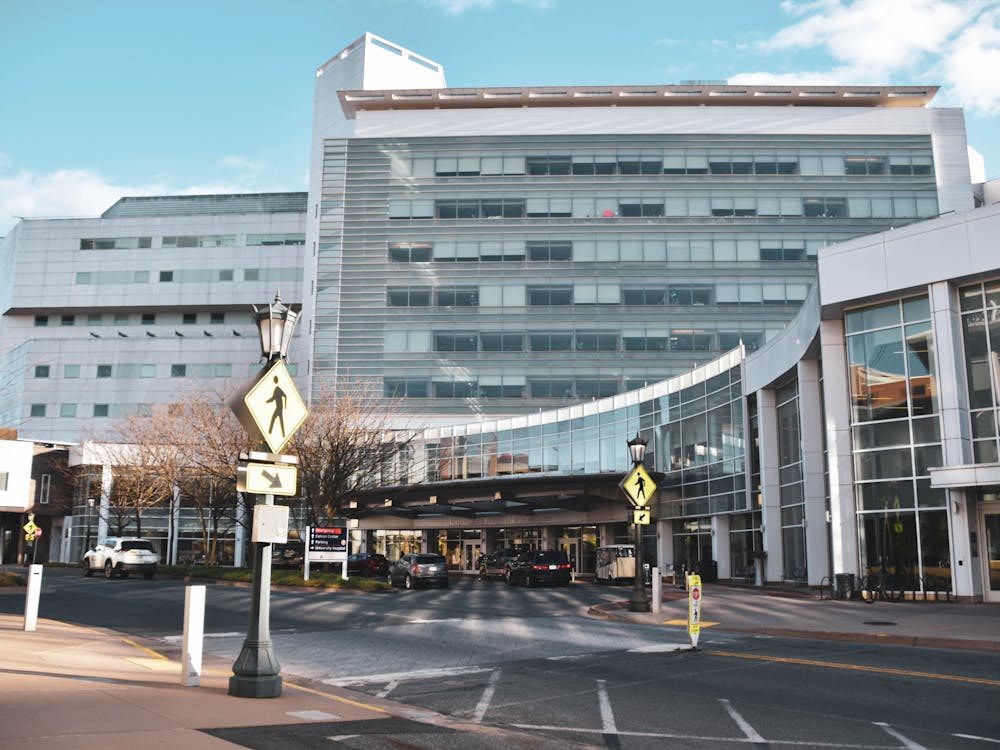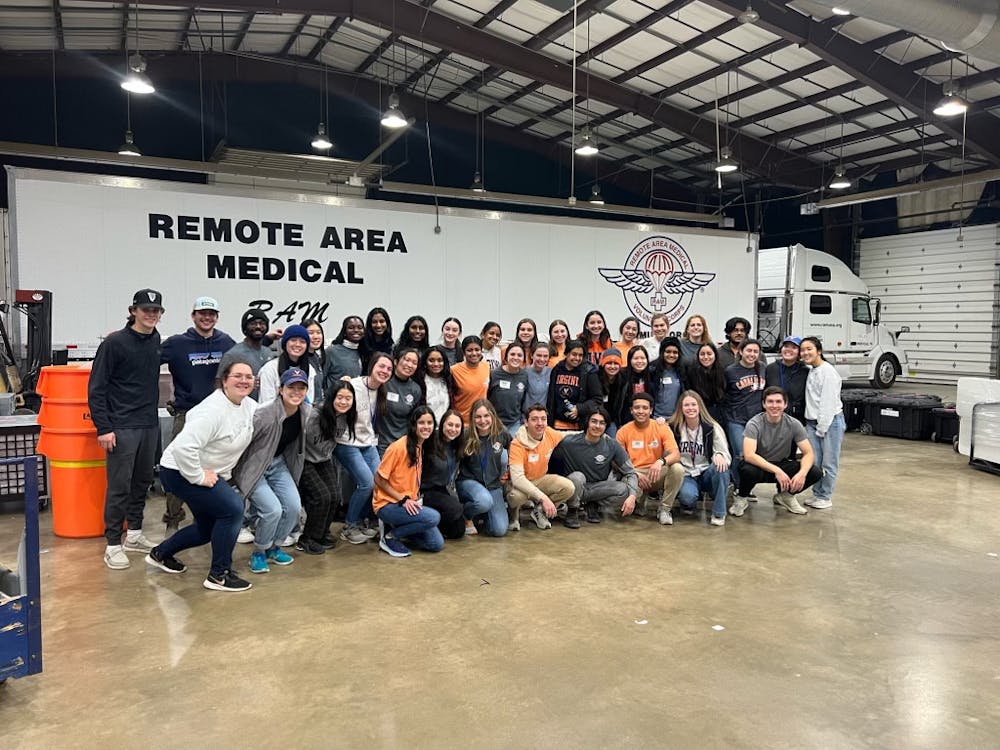Dr. Susan M. Pollart, professor of family medicine and senior associate dean for faculty affairs and faculty development, along with a group of faculty connected with the Association of American Medical Colleges, analyzed data from 14 U.S. medical schools to determine what affected a doctor’s intent to leave their current academic institution.
“With the decline of funding from the National Institutes of Health, there’s more stress on medical institutions to find others ways to support themselves,” Pollart said. “All the faculty have to support themselves, and with fewer research dollars and those research dollars not covering the full cost of the research itself ... we’ve become increasingly more dependent on clinical care to provide income to meet the mission areas of our school.”
The team’s hypothesis posed that doctors are leaving academic medicine because they spend too much time seeing patients — however the study found the total amount of time spent doing clinical care does not predict a faculty member’s intent to leave that academic institution.
“The average clinical faculty member was spending 55 percent of their time taking care of patients,” Pollart said. “But we found that it didn’t matter how much time you spent seeing patients. Only about 10 to 11 percent said they were going to leave.”
The study found a faculty member’s intent to leave was mainly related to that faculty member’s perception that he or she was spending too much time in one of four mission areas: administration, education, research and patient care.
For those who assessed their time and effort spent in all mission areas as “about right,” the data was not statistically significant — meaning they were less likely to report an intent to leave their academic institution. Further research might look to explore subsets of clinical faculty, such as pediatrics or internal medicine.
“That is what this group of researchers may do,” Pollart said. “Also, a better question might be to evaluate nonclinical faculty along with clinical faculty.”
Because the medical field is undergoing significant transformation, it is only now becoming clear that the medical workforce is more similar to the general workforce than previously thought, Pollart said.
“There’s a lot of research on satisfaction, burnout and part-time work done in industry, but we haven’t looked at it as much in academic medicine,” Pollart said. “But as you begin to do this work you begin to see the parallels very clearly, so I think opportunities to collaborate to learn from others, to be flexible, will be better for both sides since as the workforce needs to be able to adapt so does the workplace.”
Pollart teaches family medicine and practices it one day of the week in addition to working as many hours as a full-time administrator.
“I went to school to be a doctor, and being a doctor helps me a lot in this work that I do as a family physician,” Pollart said. “Doing that helps me stay engaged and gives me credibility among my peers.”




